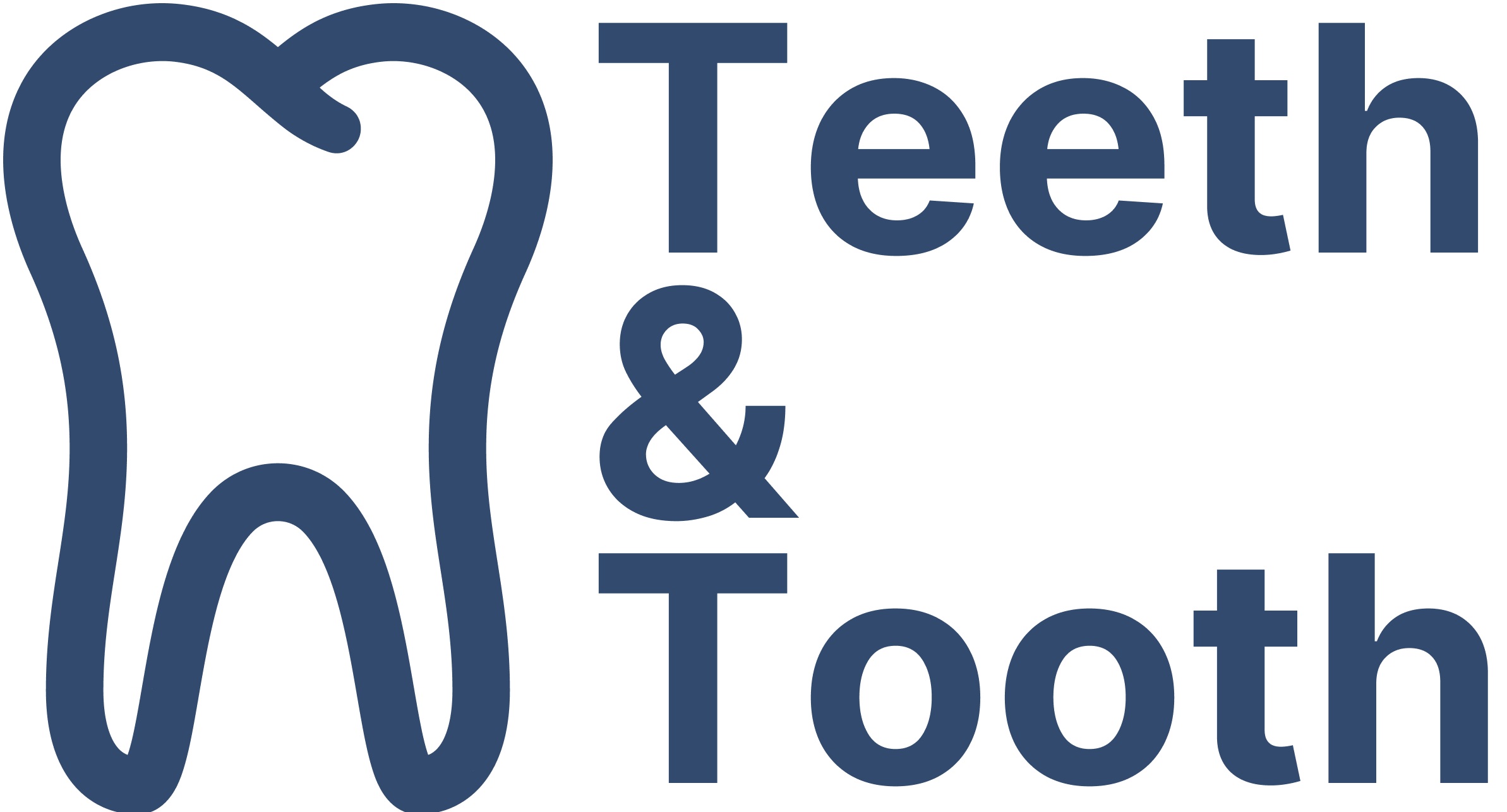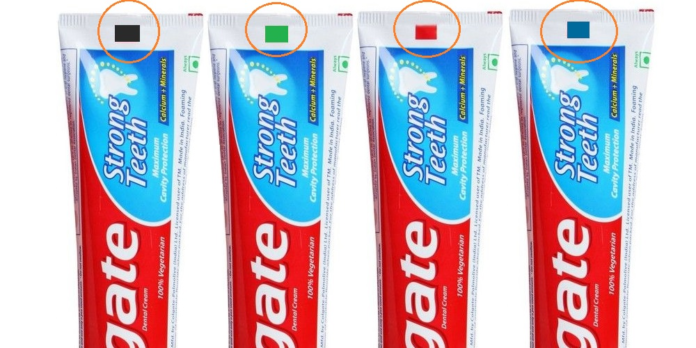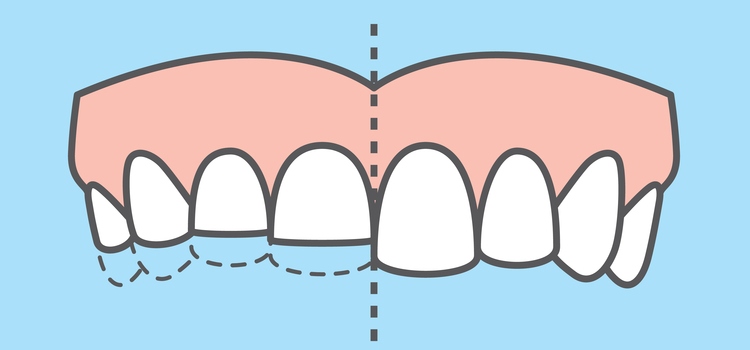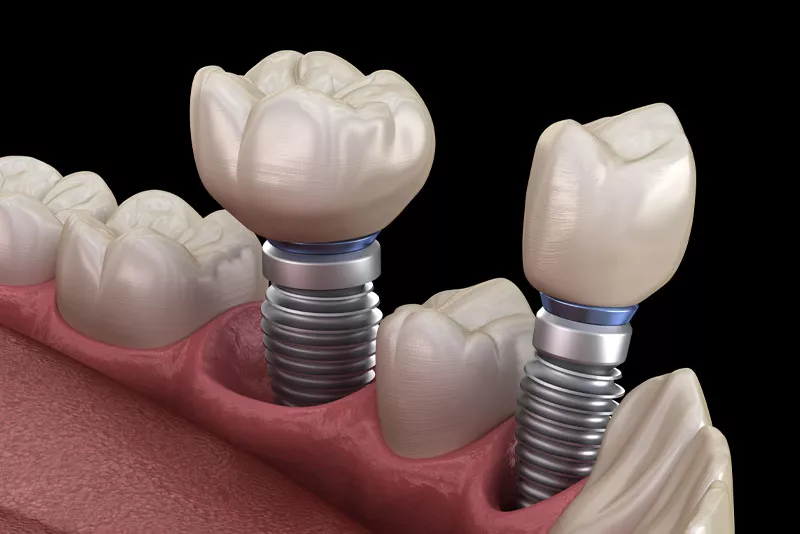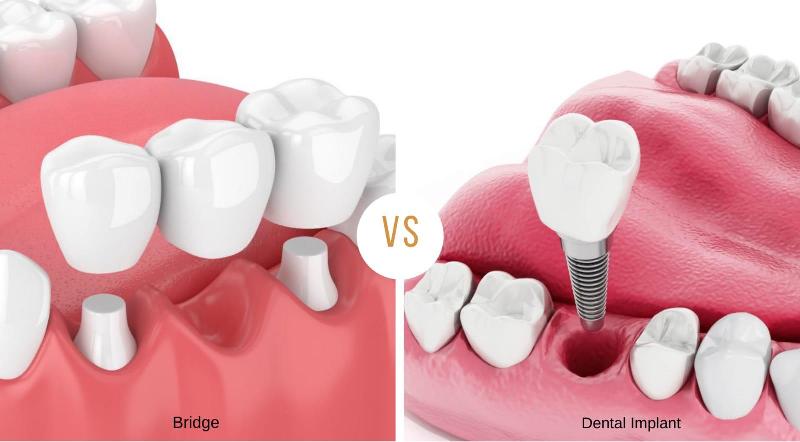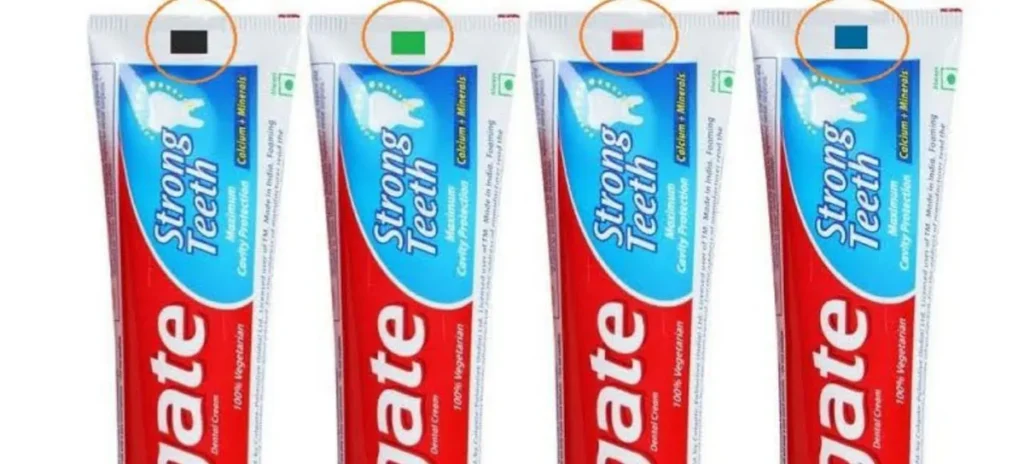
Toothpaste is a product that all of us use on a daily basis. But have you ever wondered what the color stripes on the ends of toothpaste tubes mean?
Some toothpaste have red stripes, while others have blue, green or yellow stripes. Do the different colors indicate the brand, the flavor, or even the level of whitening in the toothpaste?
There have been numerous myths with regards to the true meaning behind the colored stripes. Rumor has it that these colors serves as codes to indicate the chemical composition of the toothpaste:
- Blue stripe indicates that the toothpaste is made with natural ingredients with additive medicines.
- Green stripe suggest that the toothpaste is made with all natural ingredients.
- Red stripe meant that the toothpaste contains natural as well as additive or synthetic ingredients.
- Black stripe indicates that the toothpaste is made with just chemicals and contains zero natural ingredients.
The myth further alleges that one should use toothpaste with blue and green colored stripes as they contain mostly natural ingredients that are less harmful to the teeth.
What the Colored Stripes Actually Means
These colored stripes do not indicate the ingredients or formulation of the toothpaste, nor are they there just for aesthetics purposes.
Instead, they serve as colored markings (also known as red eye) and are read by a light-beam sensor during production. The different colors instruct a machine whether the end of hte tube should be cut, folded, or sealed. Simply put, the colored stripes simplify the manufacturing process by marking the end of the toothpaste tubes.
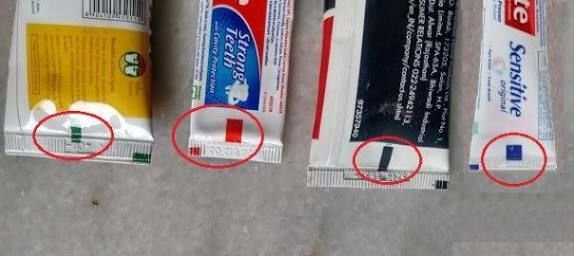
The stripes are deliberately colored and to stand etched in different sizes to contrast against the white background so that it is easily readable by a light beam sensor.
While the color, size, and position of the colored stripes varies according to the brand and manufacturer, they all serve the same purpose and do not relay any additional information to the sensors. In fact, the application of colored stripes in manufacturing is not unique to toothpaste. Similar concepts can be found in other forms of packaging such as packed soups, pasta, and drinks.
As explained, the colored stripes have no relation to the ingredients in a toothpaste. As far as it goes, most toothpastes have the following ingredients:
- Humectant: Prevents loss of water and hardening of the toothpaste
- Abrasives: Remove food debris and helps polish teeth
- Binding material and thickening agents: Prevents separation and sterilizes toothpastes
- Sweeteners: Gives a sweet taste to the otherwise bitterness of the toothpastes
- Flavoring agents: Provides an additional flavor
- Surfactants: Creates foams emulsify the flavoring agents
- Fluoride: Prevents cavities and strengthens the enamel
To conclude, the colors are not a matter of concern for consumers. Rather, one should look out for the following things in a toothpaste:
- Ingredients. Ensure that the type of toothpaste and its corresponding ingredients are appropriate for your daily needs. You may select toothpaste that are for whitening, for sensitive teeth, or for tartar control.
- ADA seal of acceptance: This is a seal of approval from American Dental Association that’s awarded to a product after it is tested and meets the standards set.
- Expiry date: An expired toothpaste isn’t the most harmful thing. However, its stated effectiveness may be reduced.
Now that you are aware of the actual use of the color stripes in a toothpaste, you can completely ignore it and go for a toothpaste that actually suit you needs!
